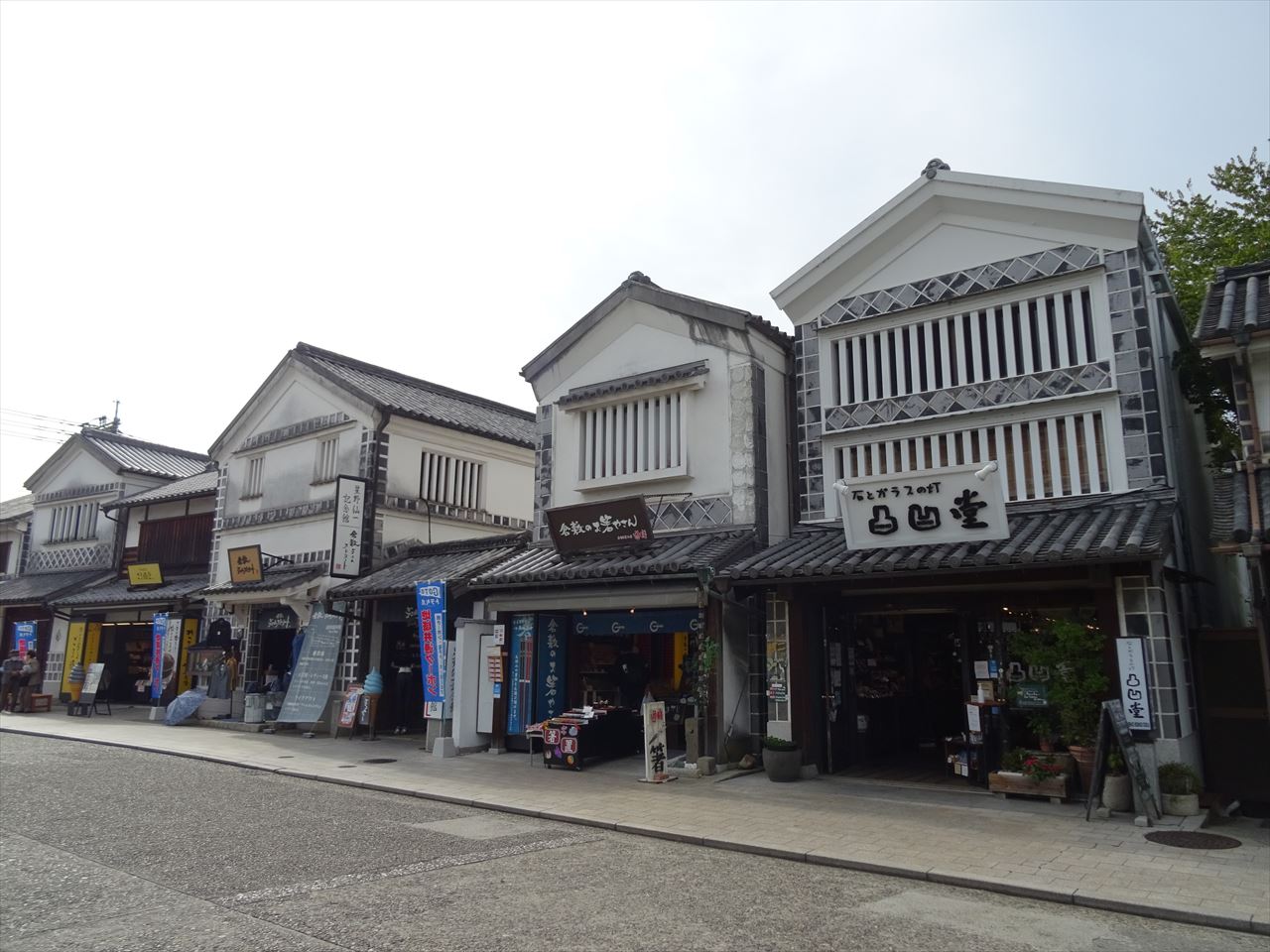Kurashiki, which used to be a "tenryo (a shogun's demesne)" territory under the direct control of the Edo shogunate, still retains vestiges of its Edo atmosphere and has been designated as a district for the preservation of its streets.
The Kurashiki Bikan Historical Quarter is full of sightseeing spots such as white-walled mansions, rows of willow trees, and the Kurashiki River Boat Festival.
You are sure to enjoy a tasteful moment.
Kurashiki River Boat Tour
In the Edo period, the Kurashiki River was active in the transportation of goods.
Nowadays, boatmen entertain tourists by explaining about the town in their famous tunes and sometimes singing pleasant little songs.

Ticket Office: Kurashiki-kan Tourist Information Center (same-day tickets only)
Operates only on Saturdays, Sundays and holidays from December to February.
Closed during the year-end and New Year holidays
Directions:The bus stop is on the opposite side of the river from the Kurashiki-kan Tourist Information Center, at the foot of the Naka Bridge.
Ohara Museum of Art
The museum has a collection of masterpieces by the world's great masters, focusing on Western and modern art.
Major works include El Greco's "Annunciation", Monet's "Water Lilies", and Gauguin's "Fragrant Earth". At the main entrance of the museum, visitors are welcomed by Rodin's "John the Baptist" and "Citizen of Calais," also famous for "The Thinker.
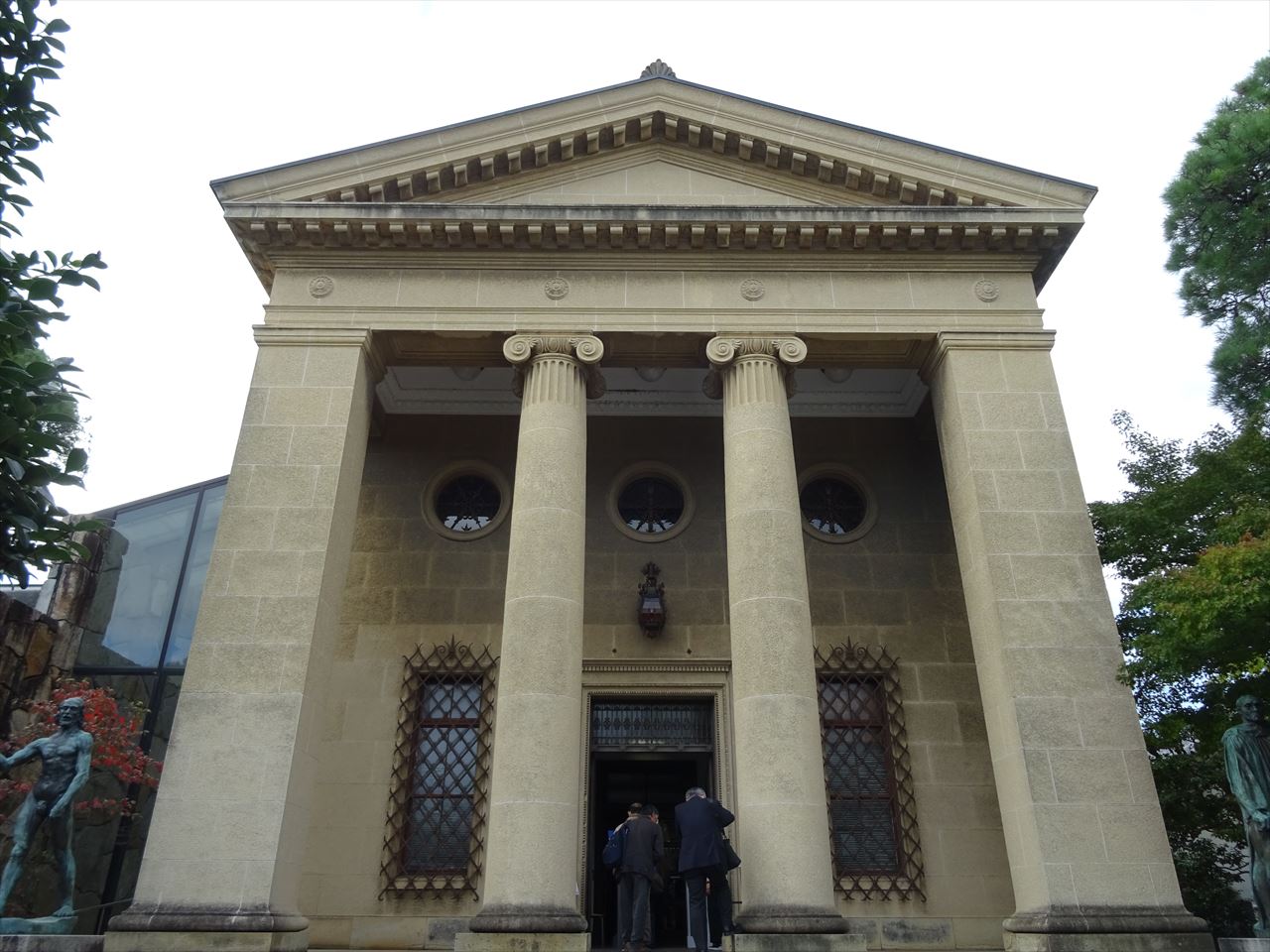
Operates only on Saturdays, Sundays and holidays from December to February.
Closed during the year-end and New Year holidays
Directions:The museum is located in the Kurashiki Bikan Historical Quarter, about a 10-minute walk from Kurashiki Station. Turn left at the "Bikan Historical Quarter Entrance" intersection and walk along the Kurashiki River until you see the Greek temple-like building that houses the Ohara Museum of Art.
Note: Photography is not allowed in the museum.
Senichi Hoshino Memorial Hall
"I'm glad I played baseball. I'm glad I played baseball all the way. I'm glad I've been in love with baseball for so long"
These are the famous words of Senichi Hoshino.
If you visit the Senichi Hoshino Memorial Hall, you will be fascinated by the "fiery man" Senichi Hoshino, even more so if you are a fan or not.
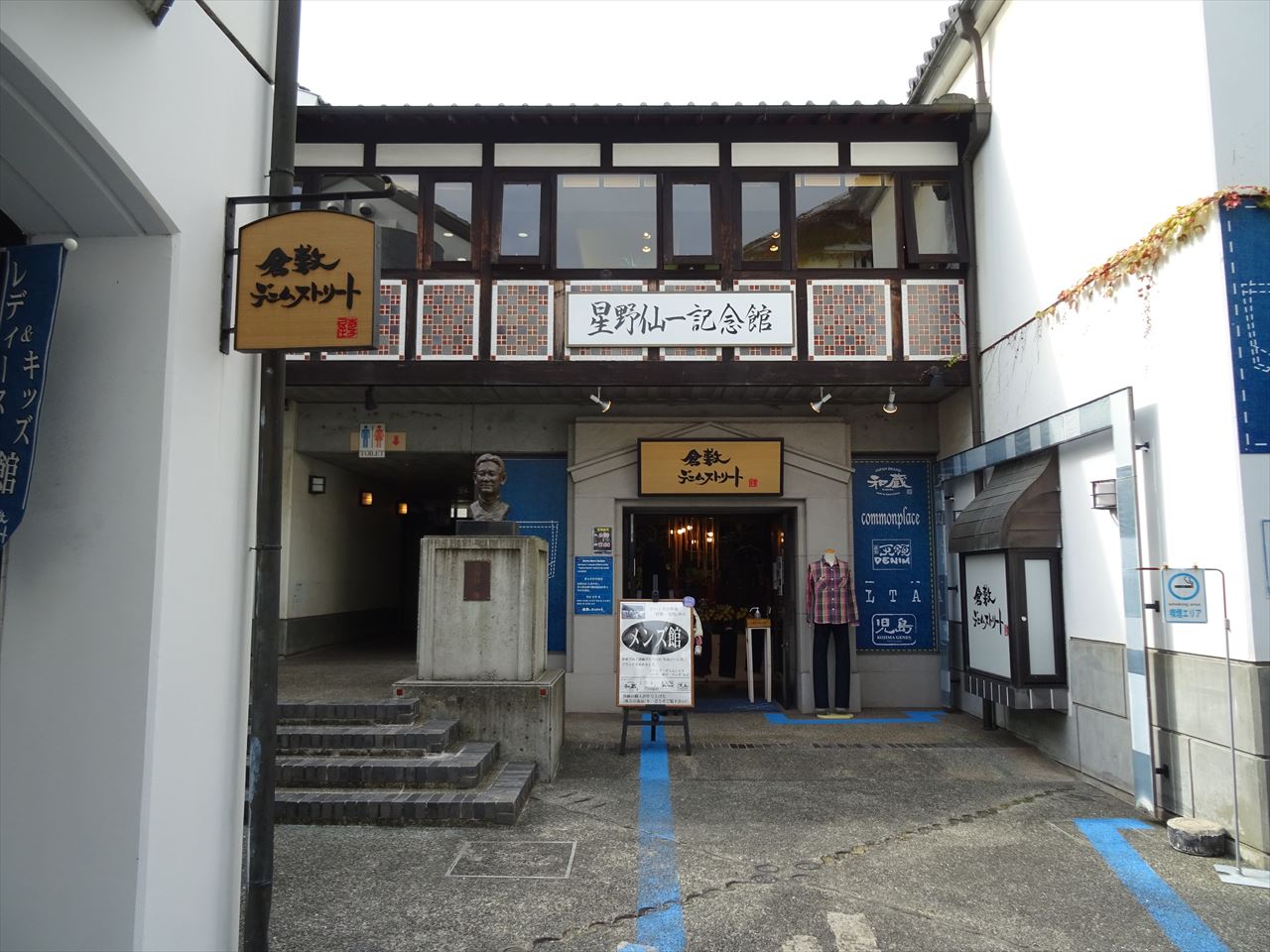
Ticket Office: Kurashiki-kan Tourist Information Center (same-day tickets only)
Directions: It is located in the Kurashiki Bikan Historical Quarter, about a 10-minute walk from Kurashiki Station. Turn left at the intersection of the "Bikan Historical Quarter Entrance" traffic light and walk along the Kurashiki River until you see the sign of "Hoshino Sen'ichi Memorial Museum" on the white wall. It is located at the end of a narrow alley, so you may want to look for the Kurashiki Denim Street curtain.
Note: Photography is for personal use only.
Sightseeing in Takahashi and Fukiya area
You can also use Kurashiki as a base to go to Bicchu Takahashi and Fukiya.
It takes about 40 minutes to get to Bicchu Takahashi, so you can make a day trip to Fukiya from there. Even if you don't have a car, if you have room in your itinerary, extending your trip to Bicchu Takahashi and Fukiya is one way to go.
Also, Okayama is less than 20 minutes away by train, so you can get there more easily. See Sightseeing in Okayama
Bicchu Matsuyama Castle(Observatory of Bicchu Matsuyama Castle)
Bicchu Matsuyama Castle is the only existing mountain castle with a castle tower.
It is also called the "Mountain Castle in the Sky" because of its fantastic beauty floating in a sea of clouds, and is considered one of the three great mountain castles in Japan.
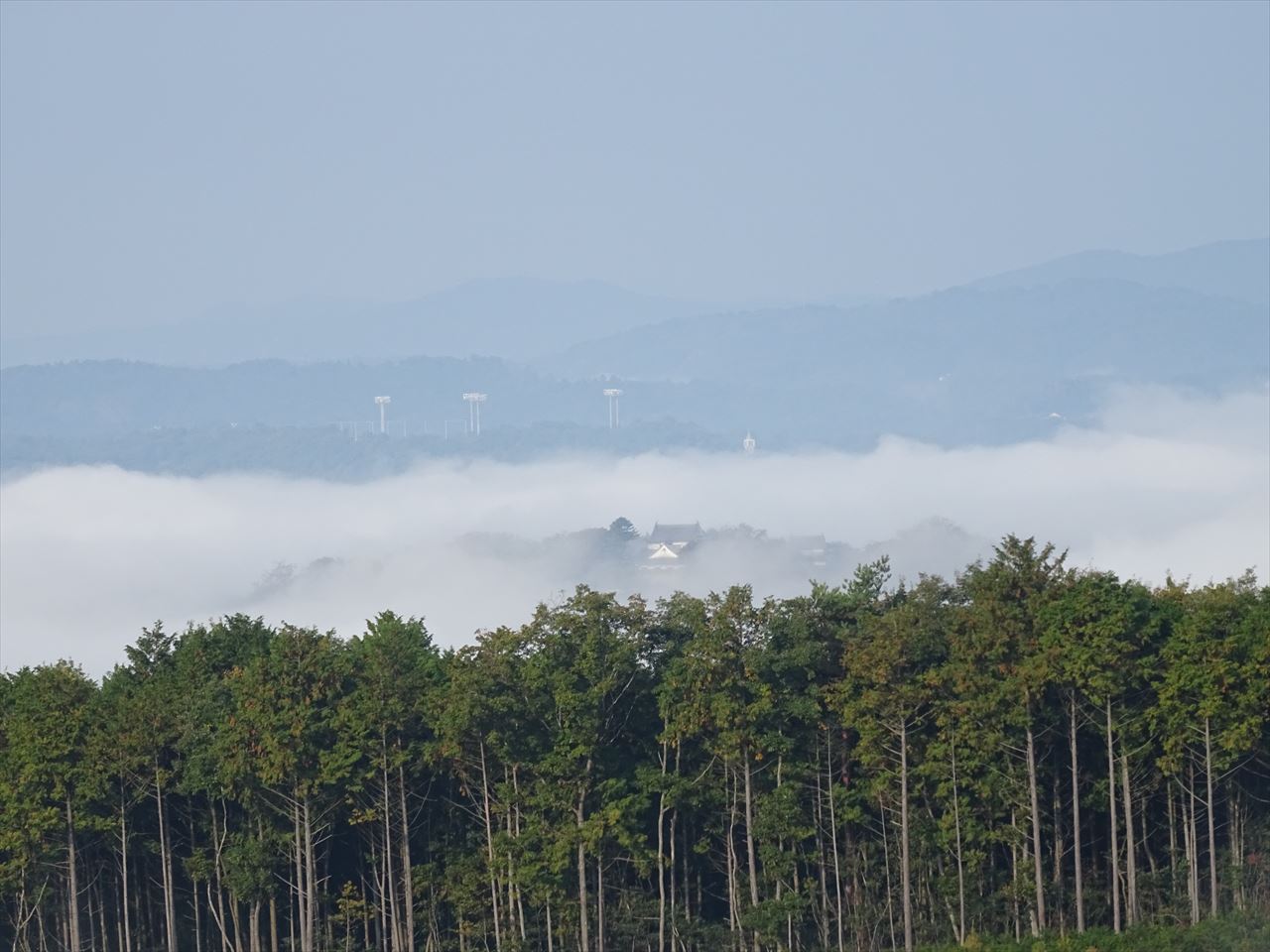
Comments It was 4:30 a.m. when I woke up to catch the 5:43 a.m. train to Bicchu Takahashi. From the train on the Hakubi Line, I could see the town in a foggy haze, which only added to my anticipation. On the way to the observatory, the cab was driving through the clouds, so I was sure that I would be lucky to see Bicchu Matsuyama Castle in the sea of clouds today! I thought to myself. However, the reality was not so easy. As soon as I saw the scene from the observatory, I was supposed to be impressed, but I felt like fanning myself with a fan or something: "Hey, there, there, clouds over there, go away, you can't see the castle!
In the end, I could only catch a glimpse of the castle tower.
Raikyuji Temple
Raikyuji Temple is a Zen temple that was built in 1339 by Ashikaga Takauji as Ankokuji Temple.
The Zen temple-style dry landscape Horai Garden, created by Enshu Kobori in 1605, was designated as a national scenic beauty in 1974.
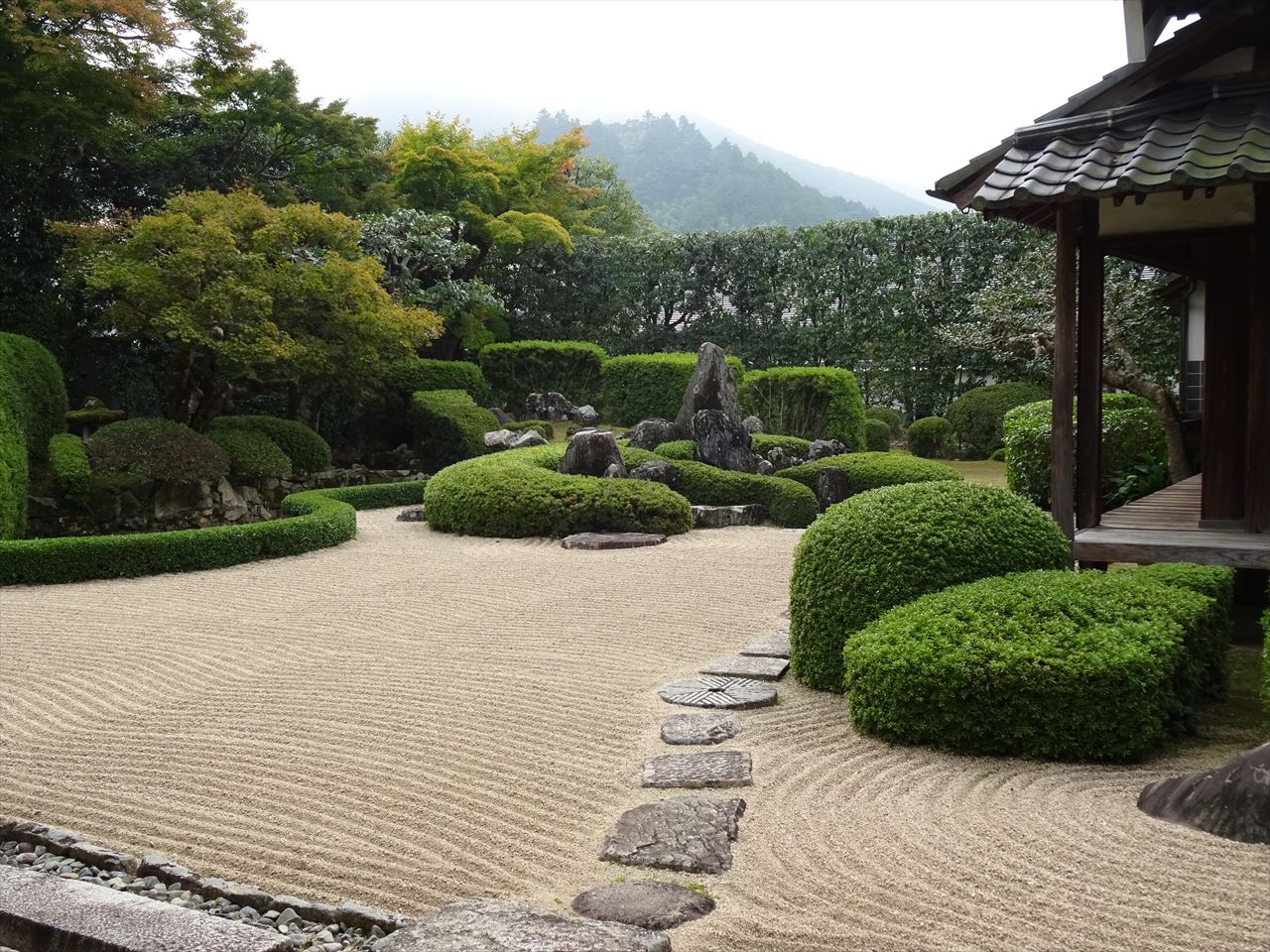
Directions:It is about a 15-minute walk from Bicchu Takahashi Station. Take the east exit of the station, turn left, and follow the railroad tracks for easy access.
Comments: When I sat down in the tatami room where I could see the garden, there was a solemn atmosphere that made me want to sit on the floor. In the back of the garden, there was Mt. Atago, and in the center were two islands of cranes and turtles, with ripples in the white sand in the foreground representing the ocean.
Fukiya Furusato Village
From the middle of the Edo period (1603-1868), Fukiya developed as a shogunal domain with a focus on copper mining.
From the end of the Edo period (1603-1868) to the Meiji period (1868-1912), Fukiya prospered as Japan's only producer of bengara, and in 2020, the red streetscape of Seishu tiles and bengara plaster walls, the former Katayama Residence, the Sasabune Tunnel, and the former Hirokane Residence, all of which have been selected as Important Preservation Districts for Groups of Traditional Buildings, will be recognized as Japan Heritage Sites as the "Birthplace of Japan Red. In addition, the former Katayama Residence, the Sasabune Tunnel, and the former Hirokane Residence have been recognized as "Birthplace of Japan Red" by the Japan Heritage.
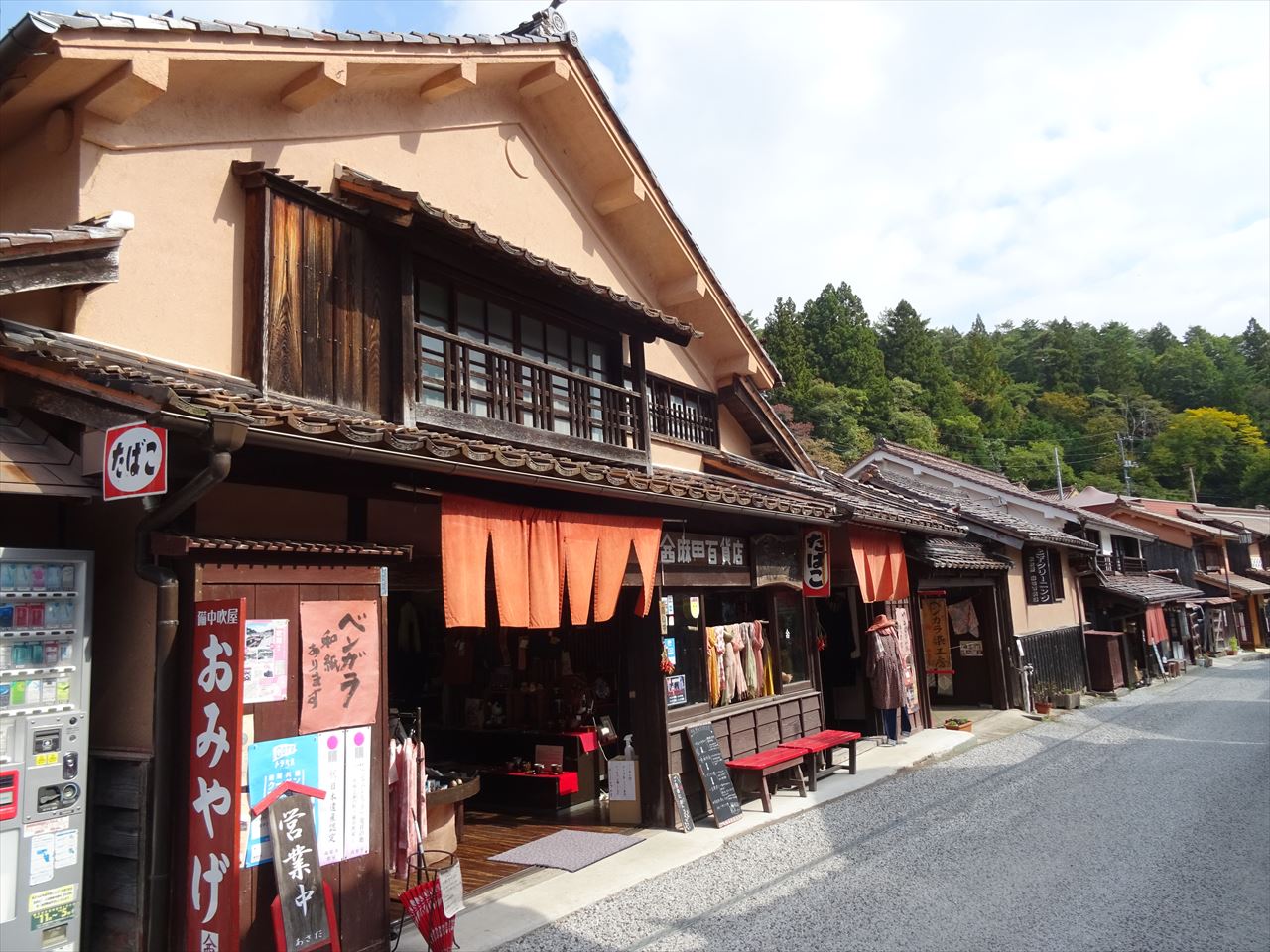
Directions:Take a 60-minute ride on the Bikoku Bus from Takahashi Bus Center at Bicchu Takahashi Station, and get off at Nakano-guchi or Fukiya, the last stop. The fare is 800 yen.
Sasaune Tunnel
In the Edo period (1603-1868), the Sasaune Tunnel was one of the six largest copper mines in Japan.
The tunnel was renovated in 1978 and opened to the public in November 1979.
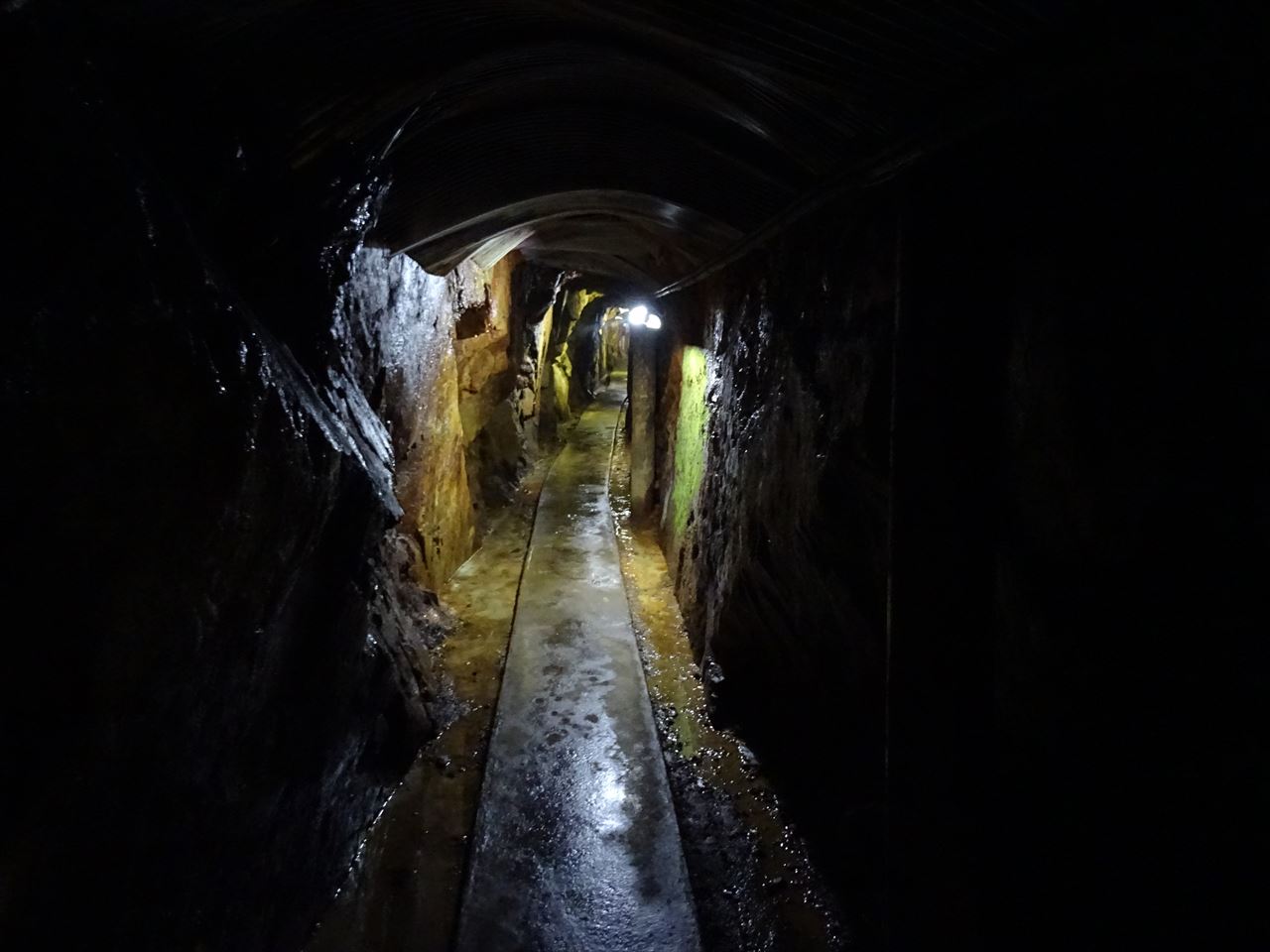
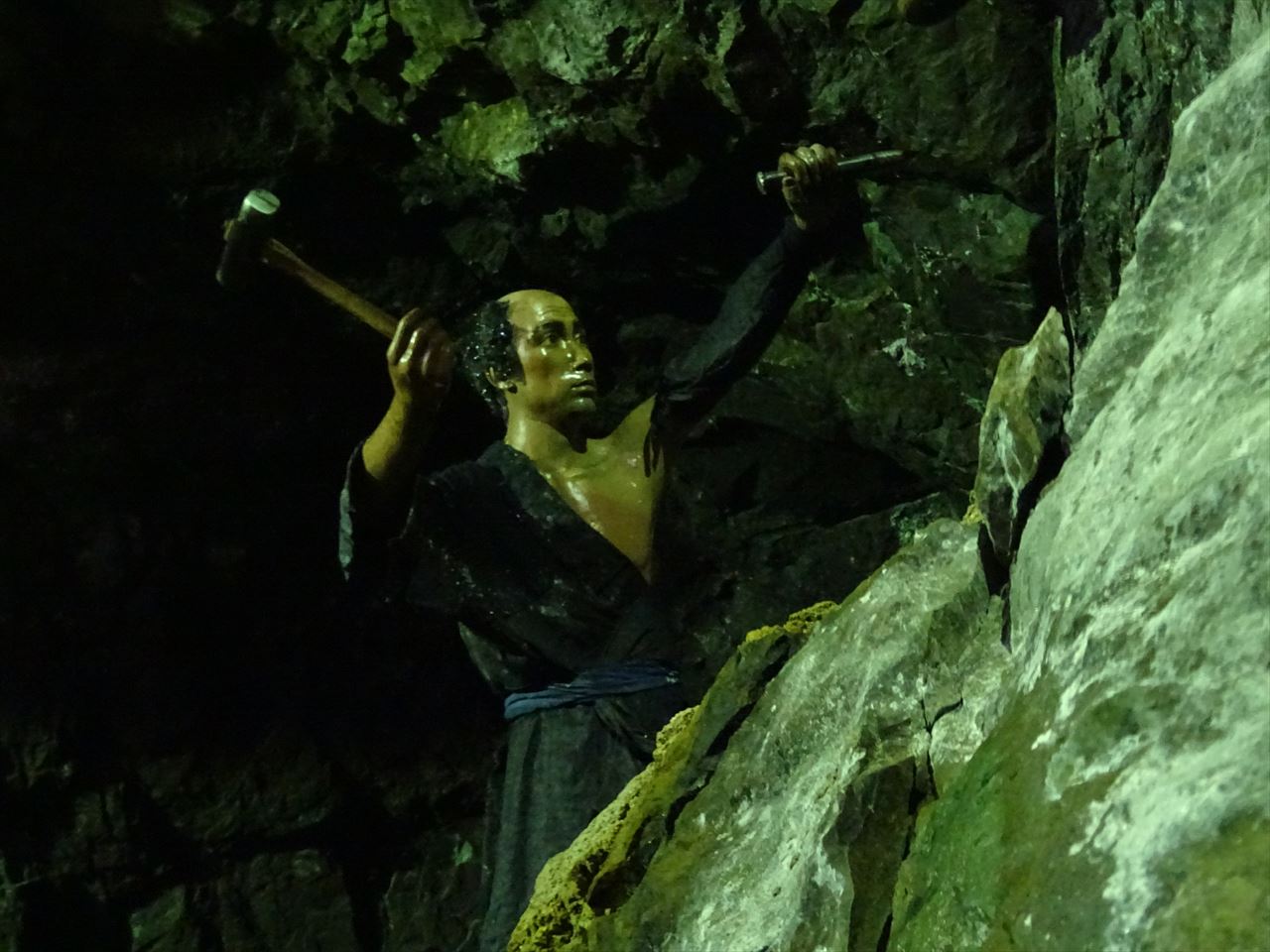
Directions:It is a 10-minute walk from the bus stop "Nakano-guchi" at the entrance of Fukiya Furusato Village.
Comments:The inside of the tunnel was bare rock, and drops of water were constantly falling from the gaps in the rock. And when the drops fell on the wax doll's forehead, they glistened like drops of sweat! It was so realistic that it reminded me of how hard manual excavation is.
Hirokane Residence
At the end of the Edo period, the Hirokane family was the headman of Onoro, a town that made its fortune from the Koizumi copper mine and the production of iron sulfate. This mansion, which still looms overwhelmingly powerful today, was built by the second generation of the Hirokane family, Motoharu.
The Hirokane residence was the site of the famous movie "The Haunting of the Eight Graves! The Hirokane residence is also known as the location for the famous movie "The Village of Eight Graves.
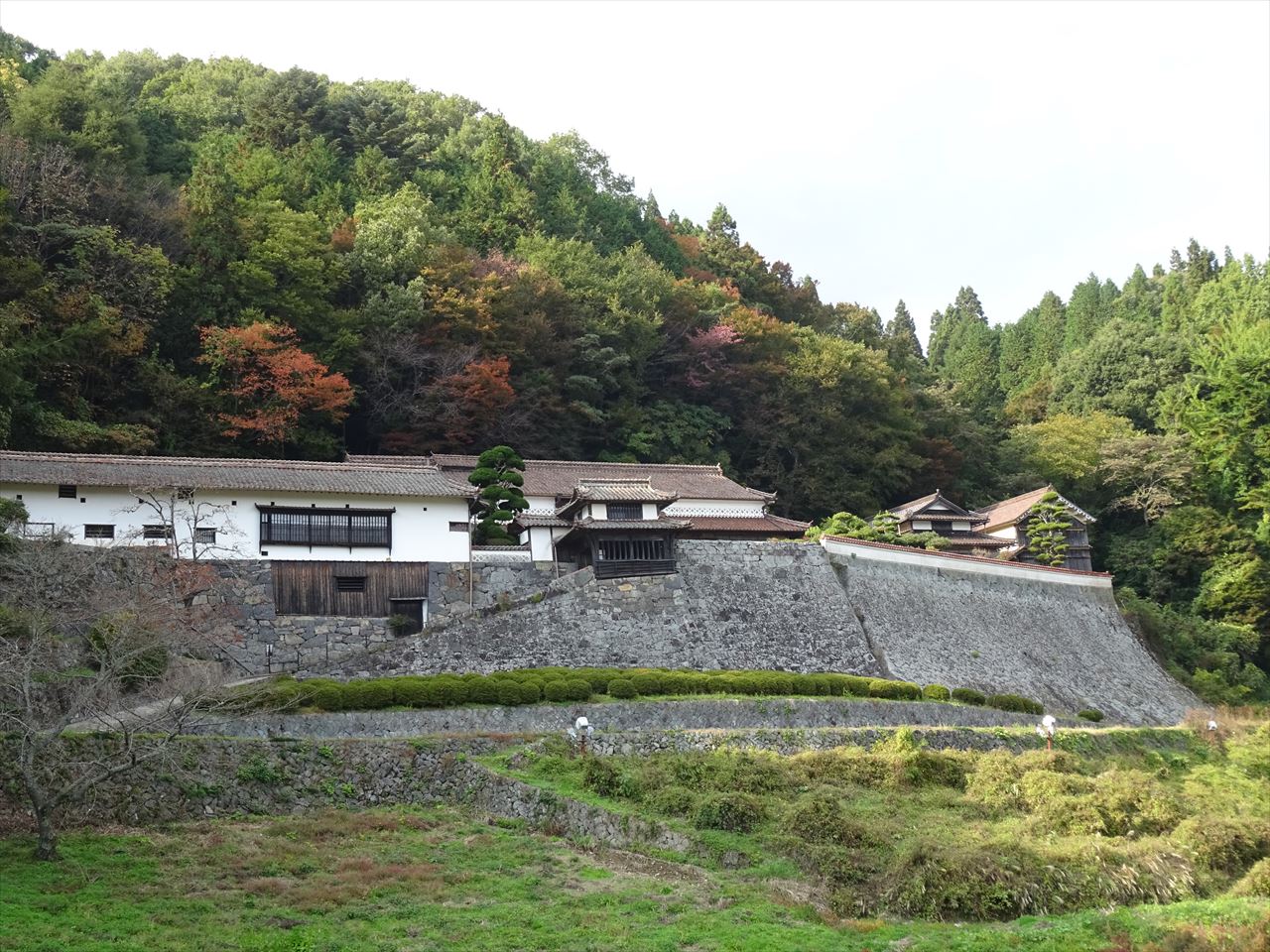
(10:00 a.m. to 4:00 p.m. from December to April 17)
Comments:I went there after visiting the Sasabune Tunnel. However, no one was walking up to the Hirokane residence, not even a single person. There were signs all over the place, but I guess it is human nature to want to ask someone for directions just in case. But it was the countryside, and there was no one. Moreover, it was an endless uphill climb. We crossed one mountain after another. If someone were to come out of the mountains with no sign of human presence and say, "It's haunted, the haunting of the eight graves! I'm sure I'd faint from fear. Anyway, I never thought I would have a chance to visit the location where the movie "Eight Grave Village" was filmed!
Ikasa Railway Memorial Museum
The Igasa Railway connected Kasaoka and Ibara for about 60 years starting in 1913.
The trains were nicknamed "matchbox" trains because of their narrow rails and small size. The building of the museum is the station building of "Shinyama Station" built in 1913, and the exhibition room used to be a waiting room. In the exhibition room, rails, tablet blockers, and photos from the past are preserved, and the No. 1 locomotive and passenger car are displayed outside.
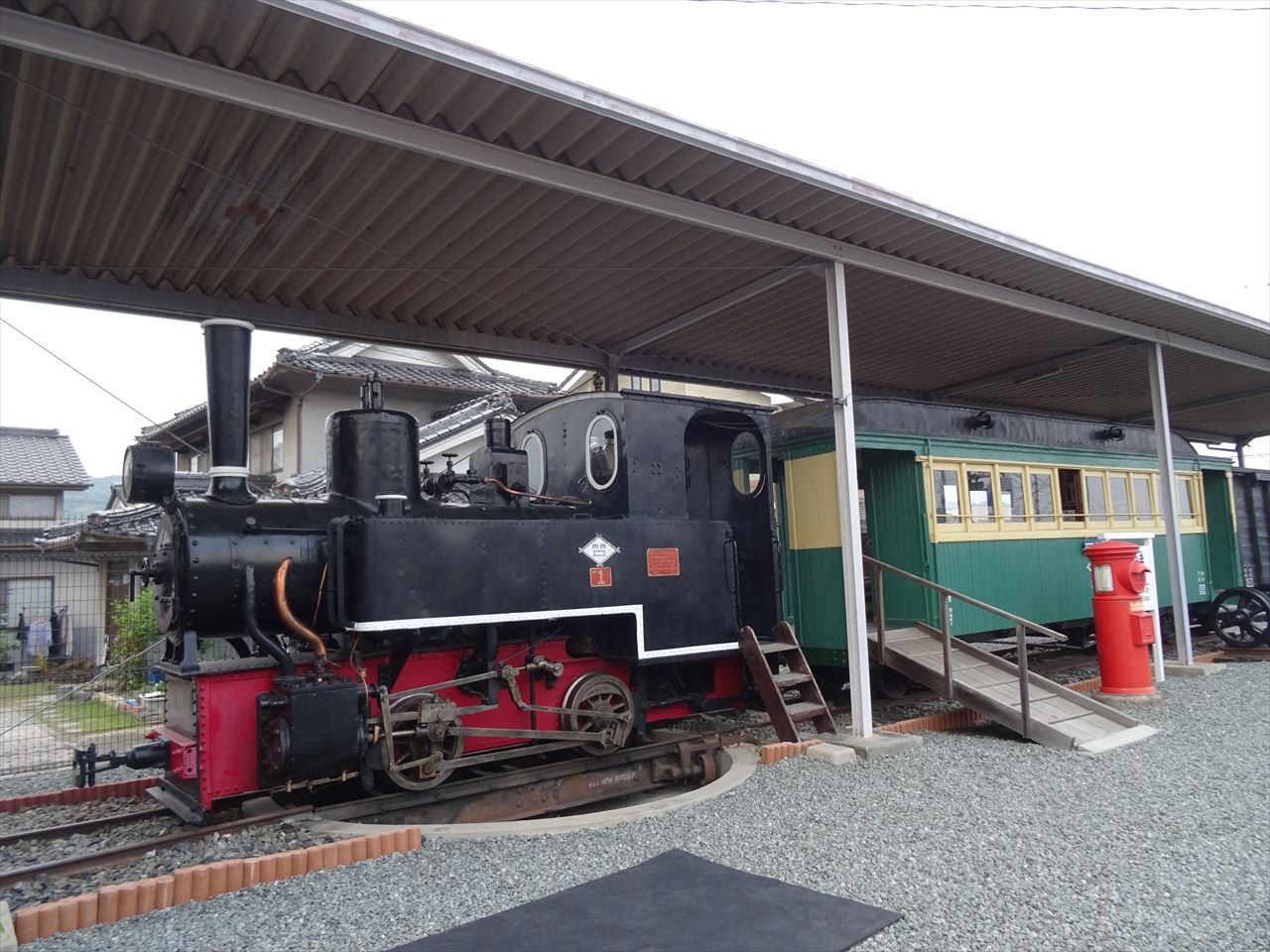
Directions:It is located in Kasaoka City, about 30 kilometers west of Kurashiki. First, get off at Kasaoka Station, about 30 minutes from JR Kurashiki Station. From the No. 1 stop in front of the station, take the Igasa Bus Company to the Shinyama stop, which is about 17 minutes away, and pay 420 yen. From the bus stop, it is about a 5-minute walk. Please note that the number of buses is limited.
Comments: While I was taking pictures of the locomotives and exhibits, I completely forgot about the time. When I realized that the time for the bus to Kasaoka Station was almost up, I panicked. The lady at the reception desk said, "In the evening, the buses are often late, so you'll be fine. But if I missed the bus, I would have to wait for an hour. By the time I reached the bus stop, I was so exhausted that I felt my lack of exercise. But I made it to the bus in time!

